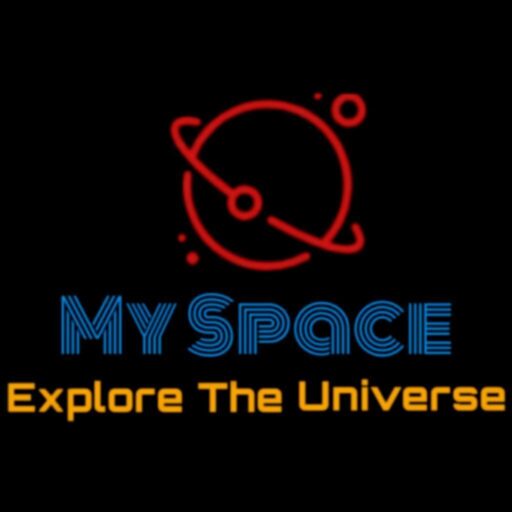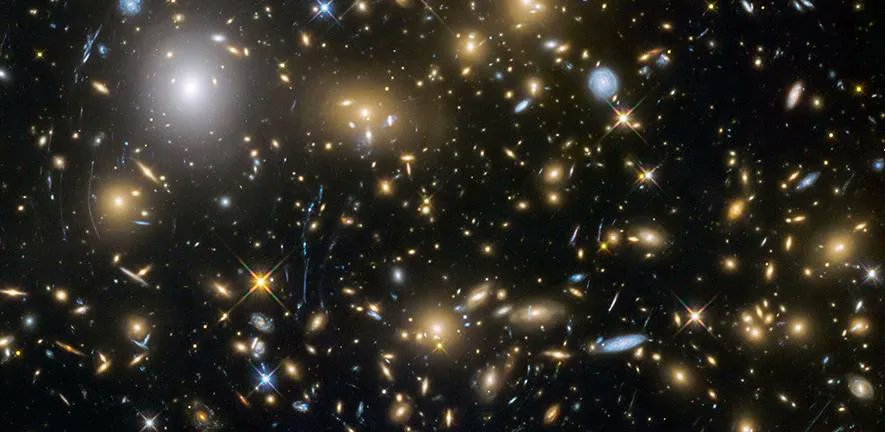Constraints are crucial in any scientific enterprise. If a speculation predicts that there ought to be an observable phenomenon, and there isn’t any hint of it, that’s a reasonably clear indication that the speculation is flawed. And even false hypotheses nonetheless transfer science ahead. So it’s with astronomy and, particularly, explorations of the early universe. A paper authored by researchers at Cambridge and colleagues now places a very helpful constraint on the event of early galaxies, which has been a sizzling matter in astronomy as of late.
A part of the rationale that has been a sizzling matter is that, for the primary time, we’re beginning to get telescopes able to peering again that far. The James Webb House Telescope sparked a lot hope for with the ability to peer again to the earliest stars. Nevertheless, whereas that instrument remains to be going by its information assortment phase, loads of different extremely succesful telescopes can present some perception as nicely.
A kind of is the SARAS3 radio telescope, which is deployed over a lake in India. It monitored a few of the mild coming from the earliest galaxies and offered information to the workforce from Cambridge, who analyzed it, searching for one defining characteristic.
Often called the 21-cm hydrogen line, that is the spectrum that hydrogen emits when its electron modifications state. It’s been used constantly in Early Universe Cosmology since its discovery within the Forties, largely as a result of it may well make its manner by the cloudy dust that shrouds the amount of the early universe. That potential additionally makes it able to passing effortlessly by Earth’s ambiance, permitting it to be simply detected by a ground-based telescope like SARAS3.
What was notable within the Cambridge paper was the dearth of the 21-cm line. In actual fact, this widespread line that’s so extensively utilized in different components of cosmology gave the impression to be absent from the galaxies that existed solely 200 million years after the Massive Bang.
With that constraint, the authors have been in a position to do two issues. One was disproving a tentative discovering from one other analysis group. The opposite was defining a few of the important traits of these galaxies.
Credit score – Brown College Division of Physics YouTube Channel
One other analysis group led by Arizona State College and the Massachusetts Institute of Know-how printed one other paper in 2018 utilizing information from the EDGES radio telescope in Australia. That paper detailed a attainable detection of a few of the mild from the earliest galaxies within the universe. It additionally threw a wrench into one of many early fashions of cosmological growth, which didn’t count on such a detection. Now information from this new paper casts some doubt on that discovering, although there nonetheless must be extra impartial affirmation of it.
When defining the traits of galaxies, one essential issue is how vivid they’re. The dearth of a 21-cm line factors to a easy reality – they weren’t very vivid. Or not less than not 1000’s of occasions extra luminous than galaxies are right this moment. In the event that they have been, the 21-cm line ought to have been powered sufficient to point out by the haze and be detectable within the SARAS3 information. Different constraints detailed within the paper embody the plenty of these galaxies, in addition to their effectivity at heating up hydrogen.
All this implies for cosmology is solely that extra information is required, and two experiments are arising quickly that ought to present it. Along with the JWST, there’s a venture referred to as the Radio Experiment for the Evaluation of Cosmic Hydrogen (REACH), which is anticipated to current outcomes someday subsequent 12 months. Till then, astronomers are gathering a clearer image of the early universe, even when it’s from the dearth of an anticipated sign.
Be taught Extra:
Cambridge – Non-detection of key signal allows astronomers to determine what the first galaxies were – and weren’t – like
Bevins et al – Astrophysical constraints from the SARAS 3 non-detection of the cosmic dawn sky-averaged 21-cm signal
UT – Understanding the Early Universe Depends on Estimating the Lifespan of Neutrons
UT – New Simulation Recreates an Early Time in the Universe That Still Hasn’t Been Seen Directly
Lead Picture:
Picture of a few of the oldest galaxies within the universe.
Credit score – NASA






